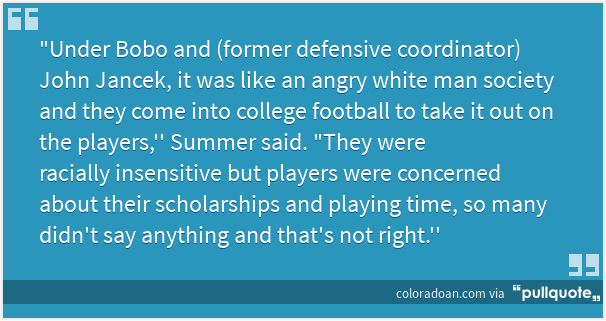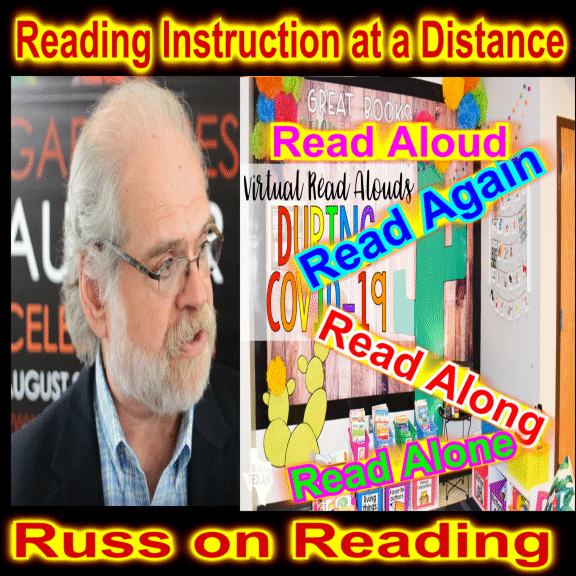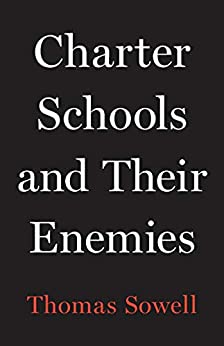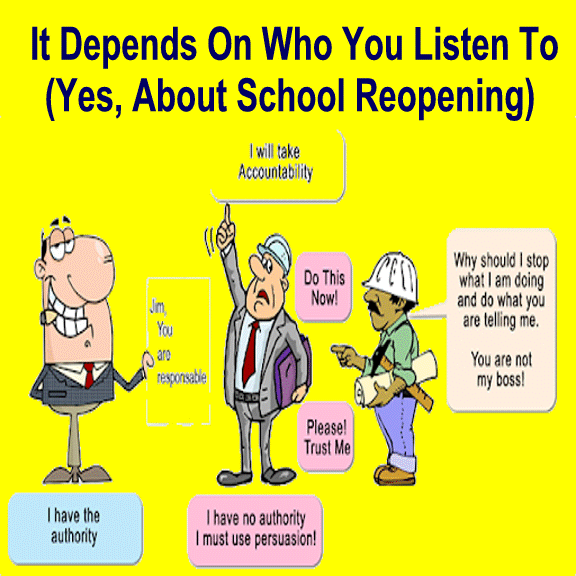Parental Choice Won’t Save Us From Unsafe School Reopening Plans | gadflyonthewallblog
Parental Choice Won’t Save Us From Unsafe School Reopening Plans
I am the parent of a public school student.
And I have a choice.
I get to decide whether my daughter will go back to school in-person or online.
That’s the only thing that should matter to me.
At least, that’s what the superintendent of my home district told me when I went before school directors last week asking them to reconsider administration’s unsafe reopening plan.
At McKeesport Area School District (MASD), Dr. Mark Holtzman and administration propose unlocking the doors for half day in-person classes Mondays through Fridays.
Kids would be split into two groups – one attending in the mornings, the other in the afternoons. That way, with buildings at half capacity, there would be enough physical space for social distancing. The remainder of the time, kids would be CONTINUE READING: Parental Choice Won’t Save Us From Unsafe School Reopening Plans | gadflyonthewallblog











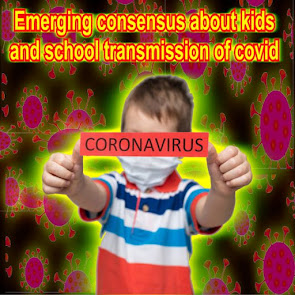




 Well, my #11FF, I decided to record a few podcasts for new (or reviving) educators. This seems like a wonderful idea because I lack the proper equipment, there are dozens of excellent education podcasts out there already, I have nothing to sell, and this year is so weird it's hard to know how to prepare for it anyway.
Well, my #11FF, I decided to record a few podcasts for new (or reviving) educators. This seems like a wonderful idea because I lack the proper equipment, there are dozens of excellent education podcasts out there already, I have nothing to sell, and this year is so weird it's hard to know how to prepare for it anyway.

